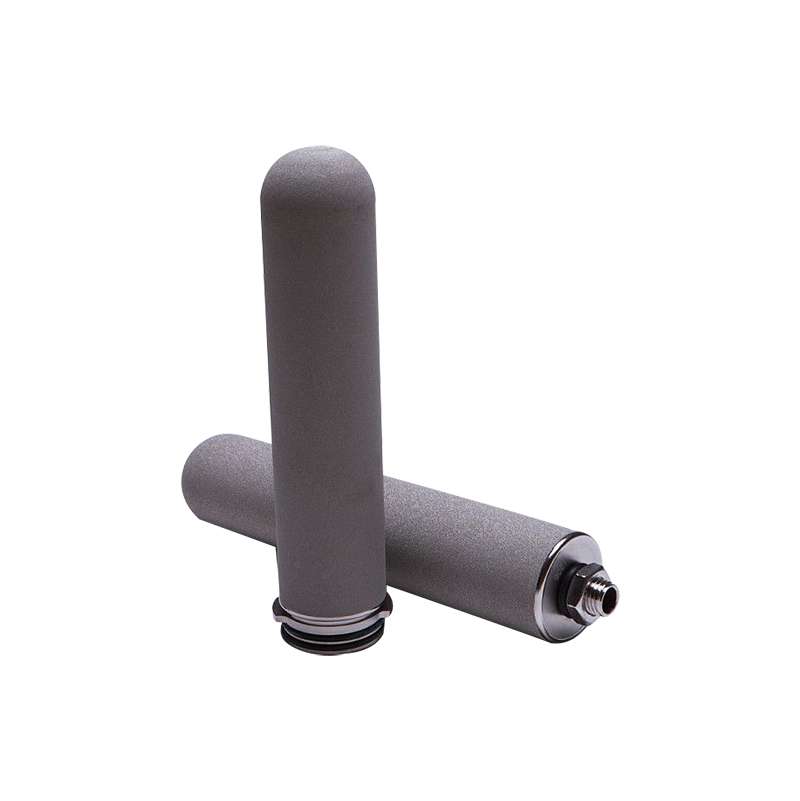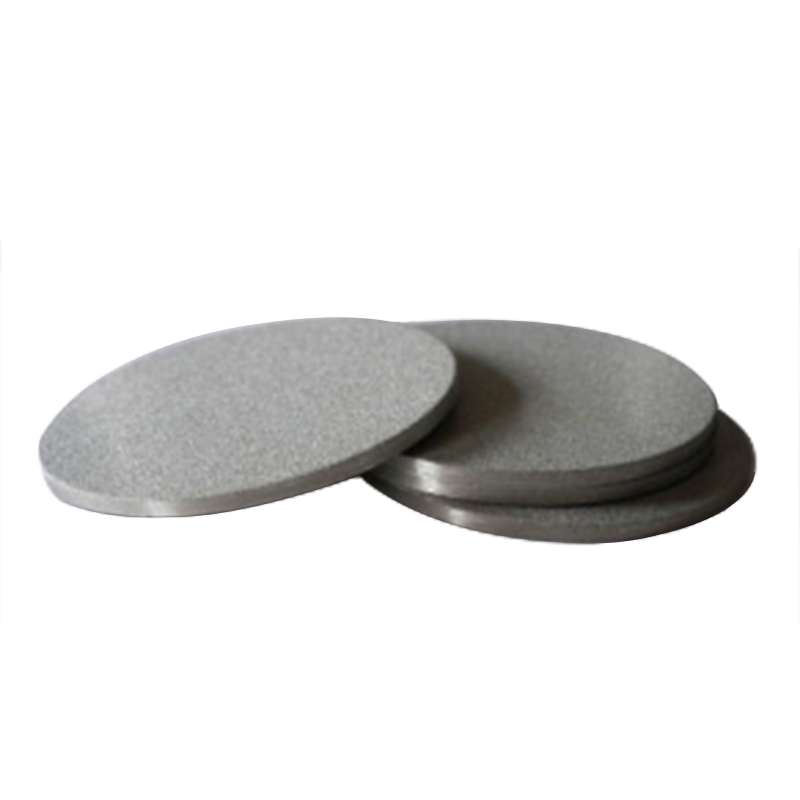Powder sintered filter is a porous material made of metal powder by pressing and sintering. It has the characteristics of high porosity, corrosion resistance, high temperature resistance, etc. It is widely used in petrochemical, metallurgy, electricity, environmental protection and other fields.

Compared with traditional filter materials, powder sintered filter has the following advantages:
1. High porosity: Powder sintered filter has a porosity of up to 80%, which can effectively intercept particulate matter.
2. Corrosion resistance: Powder sintered filter is usually made of corrosion-resistant materials such as stainless steel and monel alloy, and can be used in harsh environments.
3. High temperature resistance: Powder sintered filter can withstand temperatures up to 800 degrees Celsius and is suitable for high temperature conditions.
4. Easy to clean: Powder sintered filter can be backwashed or ultrasonically cleaned for easy maintenance.
Powder sintered filter is widely used in the following fields:
1. Petrochemical: used to separate catalysts, filter oil products, etc.
2. Metallurgy: used to filter metal melts, remove impurities, etc.
3. Electricity: used to filter boiler flue gas, purify water, etc.
4. Environmental protection: used to filter waste gas, waste water, etc.

Stainless steel powder sintered filter
Bronze powder sintered filter
Copper powder sintered filter
Alloy powder sintered filter (such as monel alloy)
Cylindrical powder sintered filter
Flat-plate powder sintered filter
Tubular powder sintered filter
High porosity powder sintered filter (porosity above 80%)
Medium porosity powder sintered filter (porosity 60%-80%)
Low porosity powder sintered filter (porosity below 60%)
Coarse pore powder sintered filter (filtration accuracy 100-500 microns)
Medium pore powder sintered filter (filtration accuracy 20-100 microns)
Fine pore powder sintered filter (filtration accuracy 5-20 microns)
These are the main classifications of powder sintered filters. Different application scenarios may require the selection of different types of filters.
Please contact us for more details.
Chemical composition of the medium
Temperature and pressure conditions of the medium
Particle size and concentration of impurities in the medium
Required filtration accuracy
Required filtration flow
Filter size and installation space
Operating temperature and pressure conditions
Corrosion resistance requirements
Cleaning and maintenance requirements
Product cost
Service life and maintenance cost
Based on the above factors, you can choose a suitable powder sintered filter in steps:
1. Determine the characteristics and filtration requirements of the filter medium
2. According to the medium conditions and filtration requirements, choose the appropriate material and porosity
3. Combined with the use environment, choose the appropriate structure and size
4. Evaluate the economy and choose the most cost-effective product
Usually, manufacturers can also provide professional advice to help you choose the most suitable powder sintered filter. If you have further needs, please feel free to let me know.
Depending on the degree of contamination of the filter medium, backwash or ultrasonic cleaning should be performed regularly. This can remove pollutants accumulated on the filter surface and maintain good filtering performance.
The cleaning cycle is generally 1-3 months, depending on the actual use.
Regularly monitor the pressure difference of the filter. When the pressure difference exceeds the design value, it means that the filter element is clogged.
The filter element should be replaced in time to avoid damage caused by excessive pressure.
Avoid mechanical impact or vibration of the filter element, which may cause damage.
Be careful when installing to avoid damage to the filter element.
If there is a corrosive medium in the use environment, consider using a filter element made of a material with better corrosion resistance.
Regularly check whether there is any sign of corrosion on the surface of the filter element, and replace the damaged filter element in time.
Unused filter elements should be stored in a dry and clean environment to avoid dust and moisture.
Provide professional training for operators and familiarize them with the correct installation, disassembly and maintenance methods.
The above maintenance measures can effectively extend the service life of the powder sintered filter and ensure the stable operation of the filtration system.